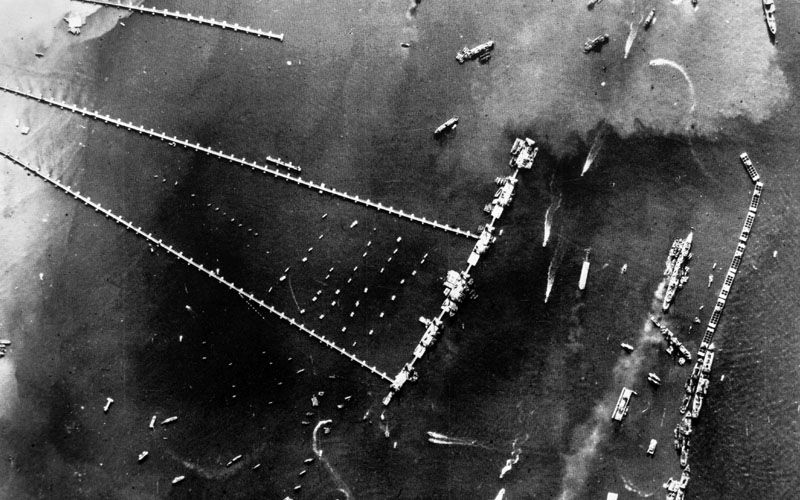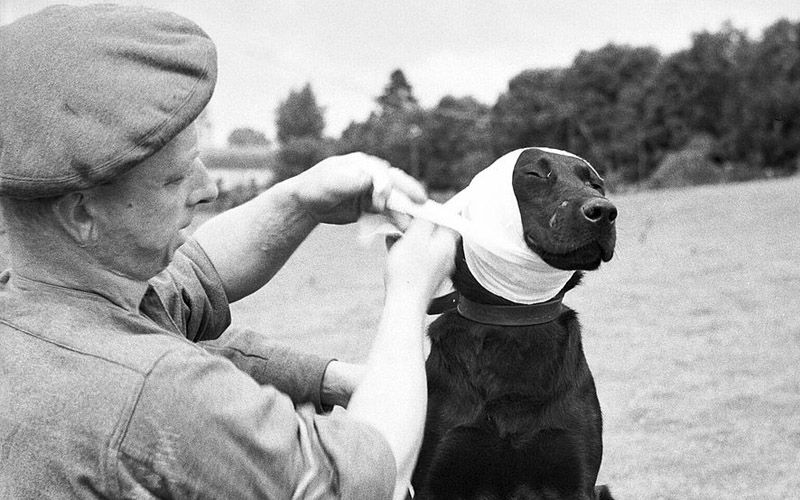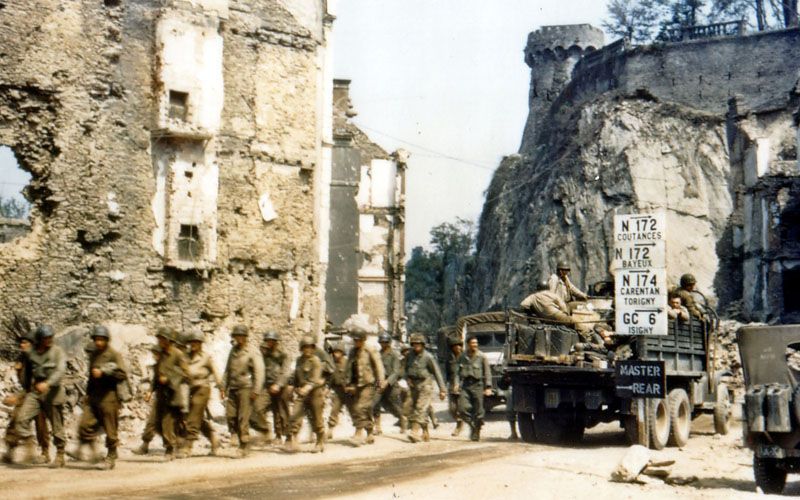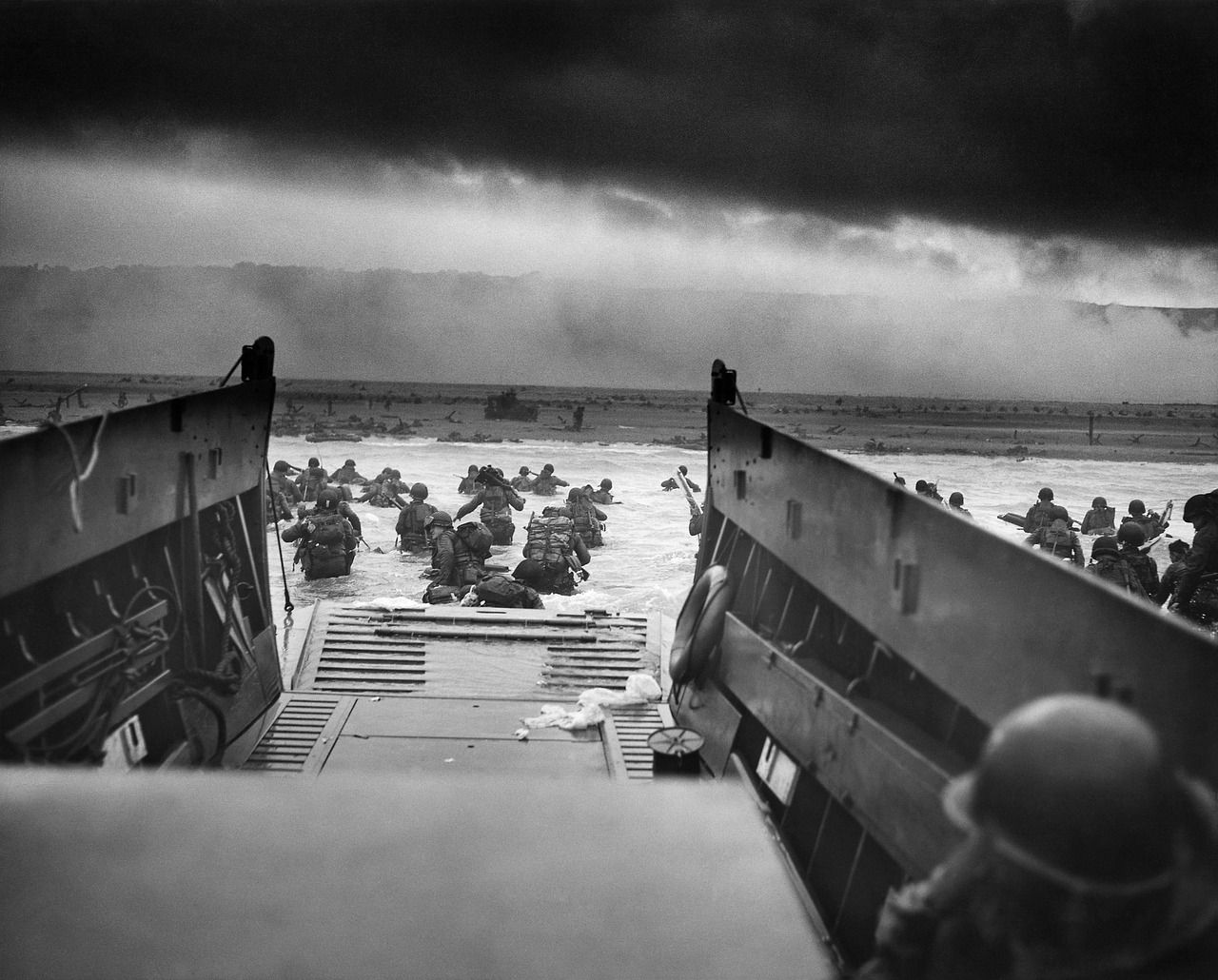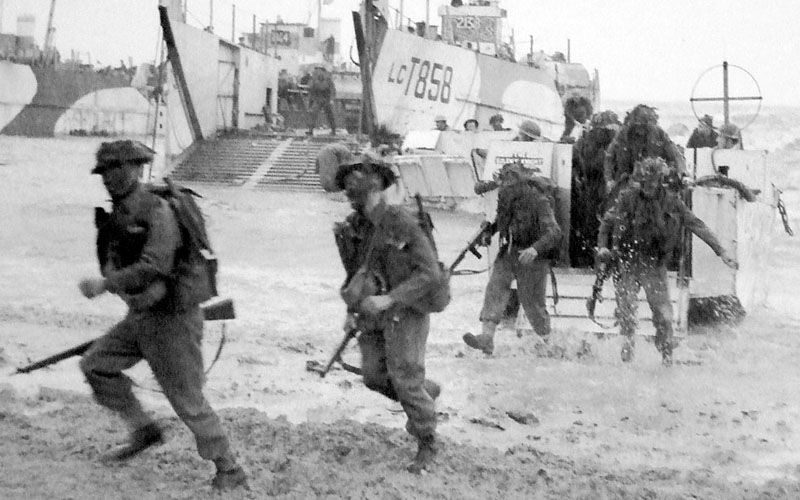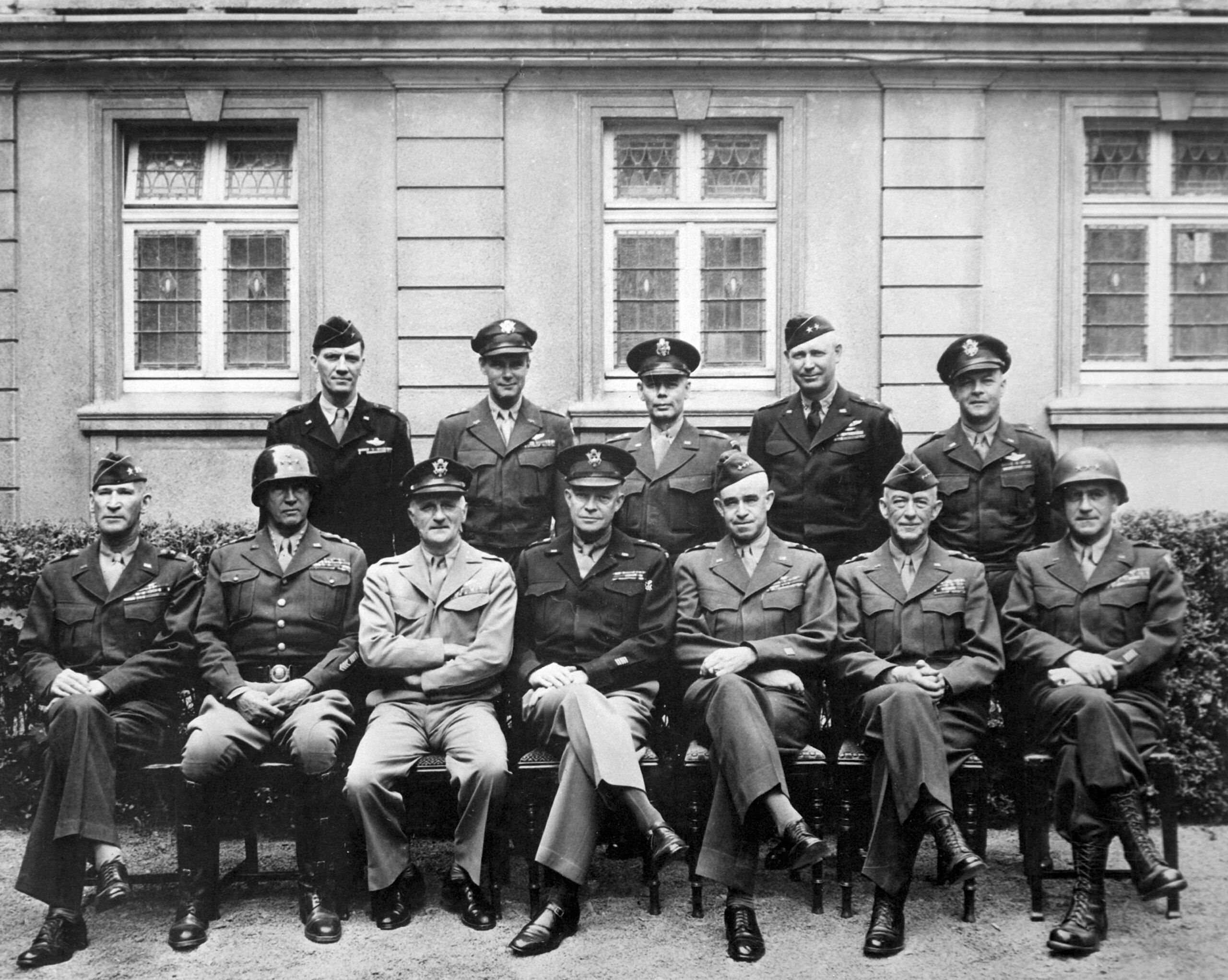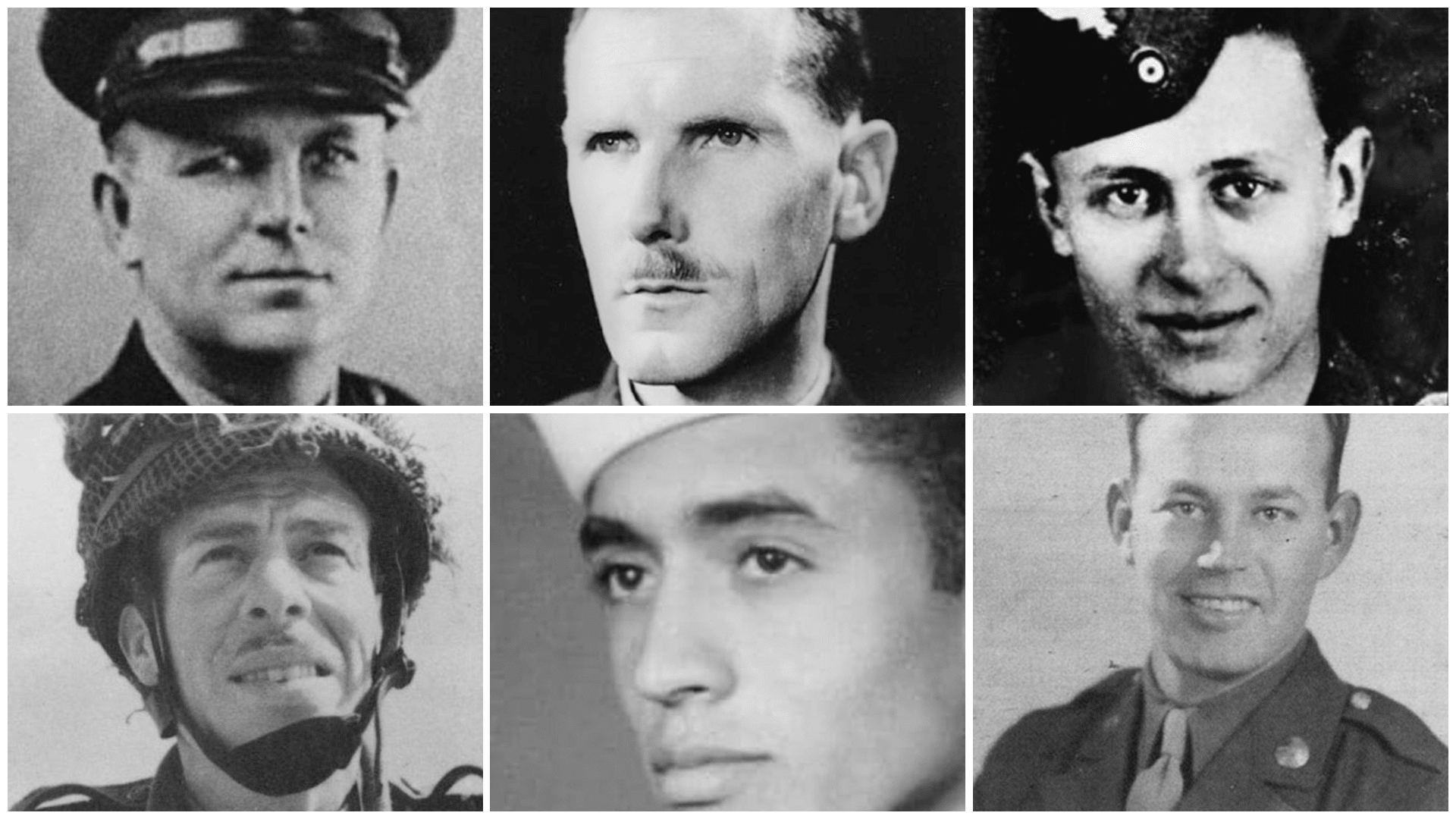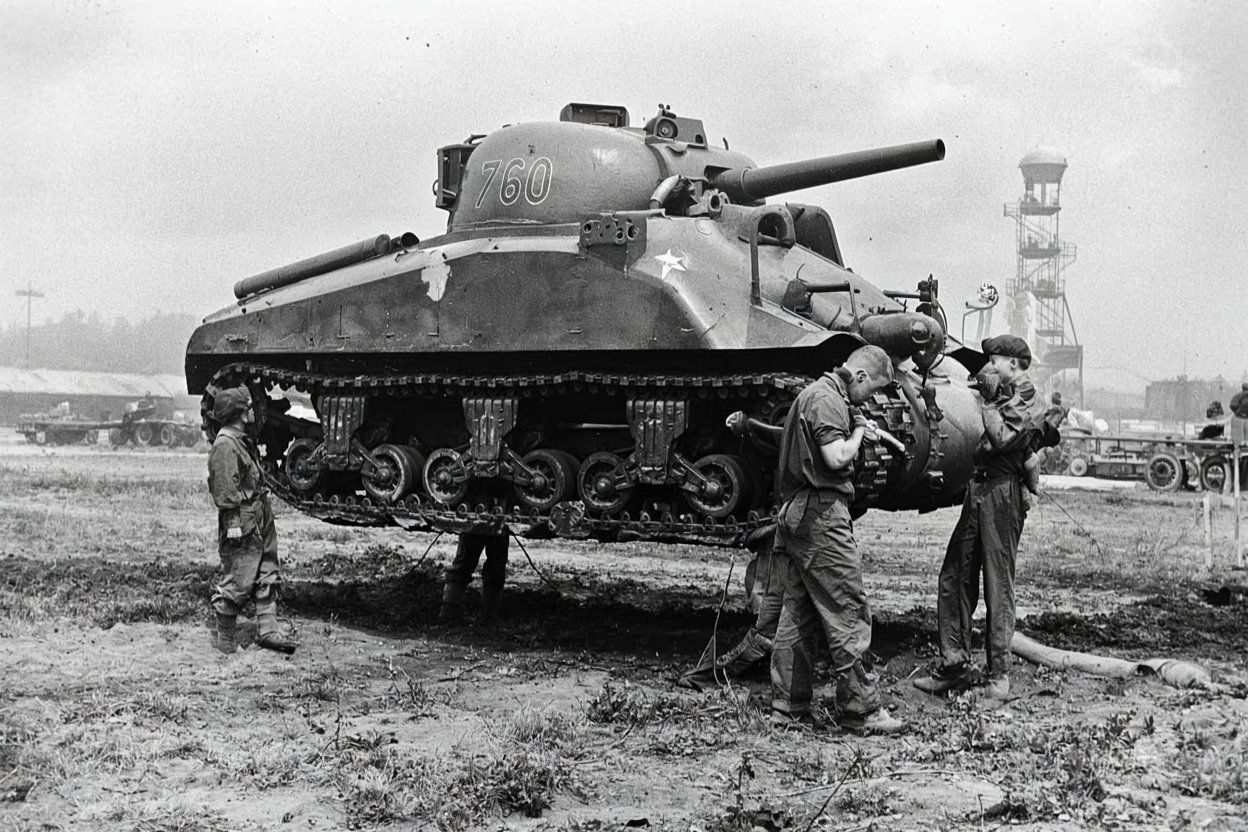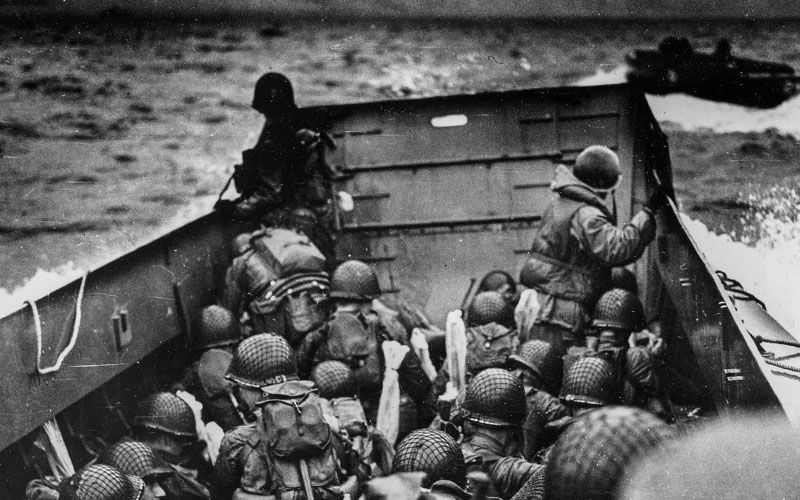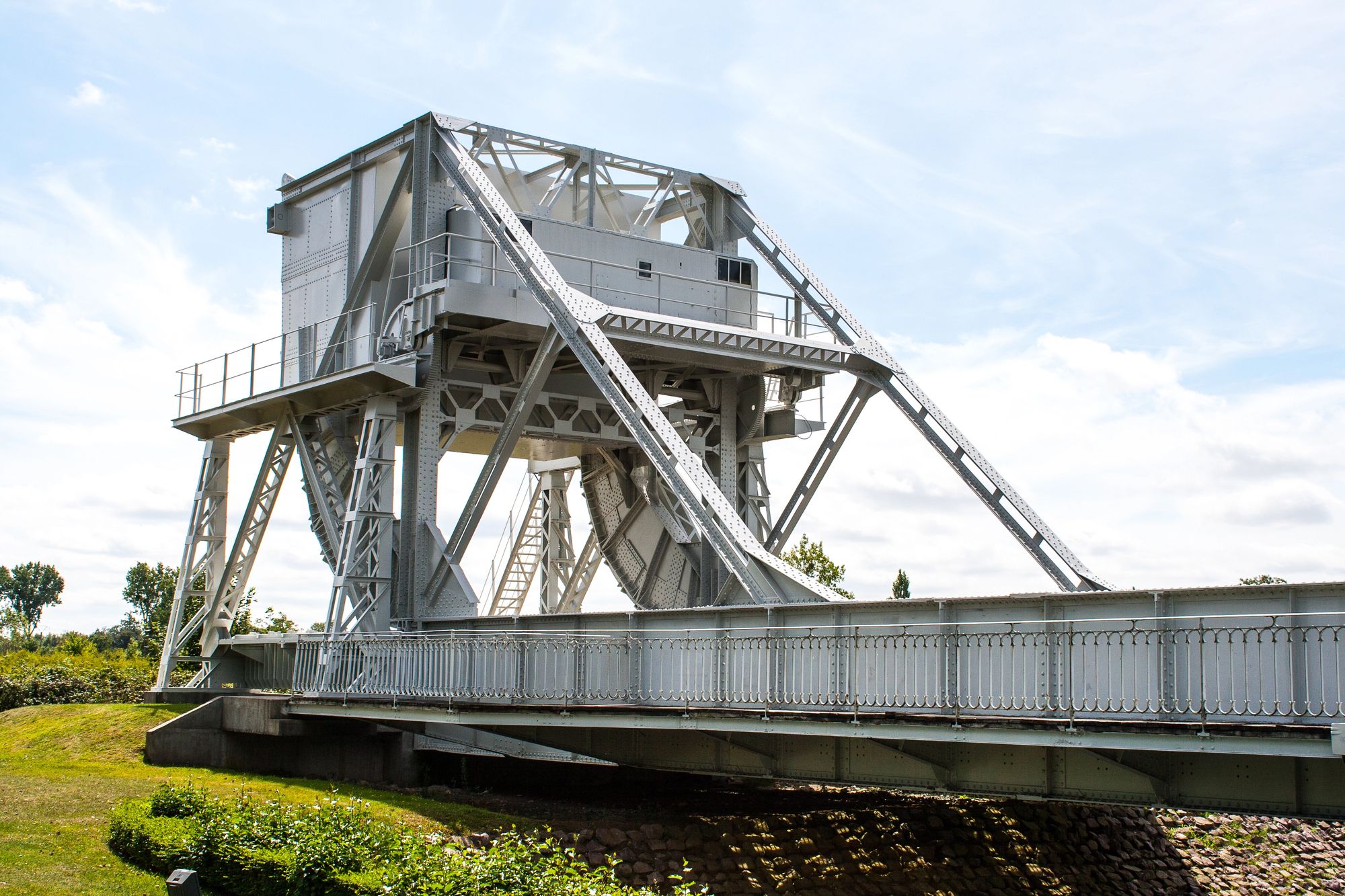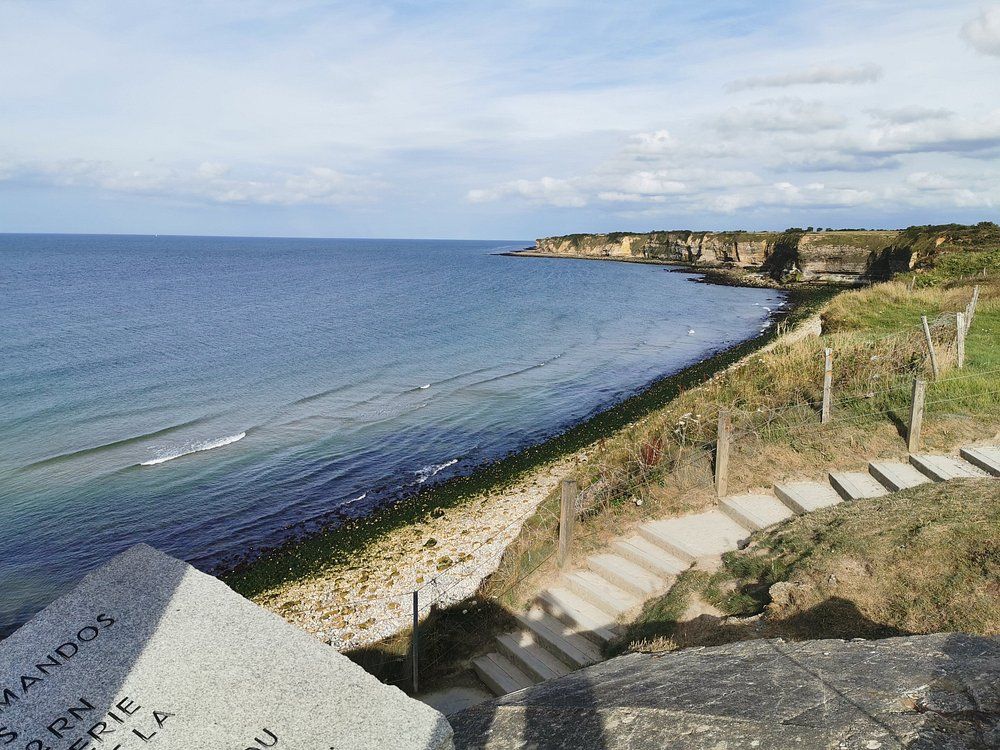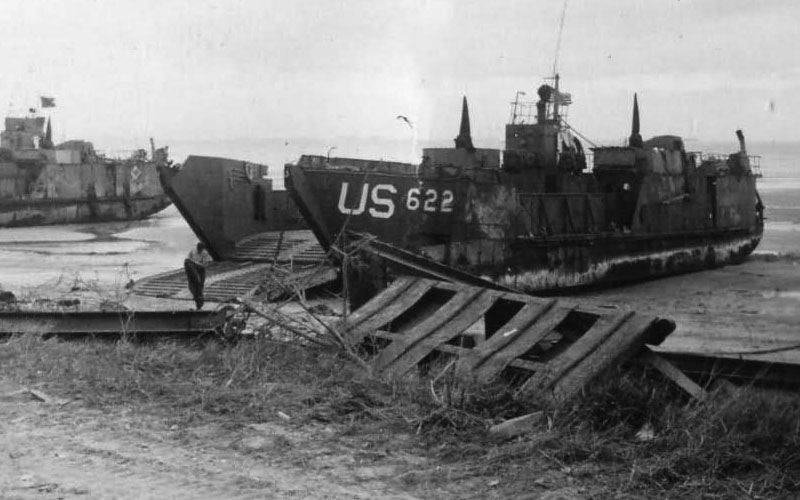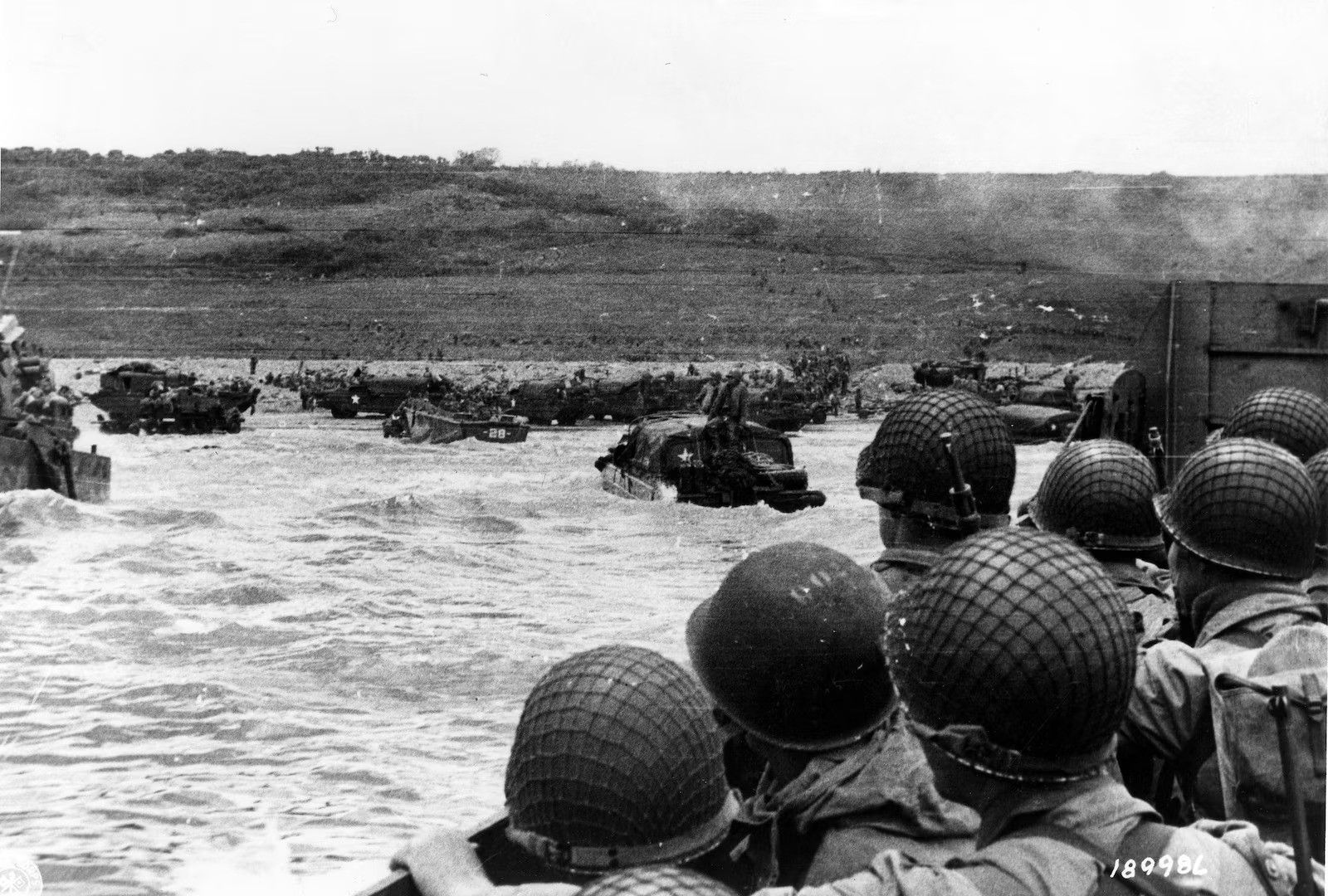An army marches on its stomach, a quotation that has been attributed to both Napoleon and Frederick the Great. It was as true in 1944 as it was when first spoken, however, by the time of the Second World War any army would be reliant on much more besides. A steady flow of reinforcements, soft-skinned vehicles, armor, artillery, fuel, lubricants, water, ammunition, medical supplies and spare parts would all be needed to push back and defeat Hitler’s army.
Operation Jubilee – the disastrous Allied raid on Dieppe in 1942 – demonstrated in no uncertain terms how tough it would be to capture a German-occupied port. Although only intending to seize Dieppe for a short period to prove it was possible and gather intelligence before destroying strategic targets and retreating, the Allied force was routed within 10 hours, with almost 60% of those who made it ashore either killed, wounded or captured.
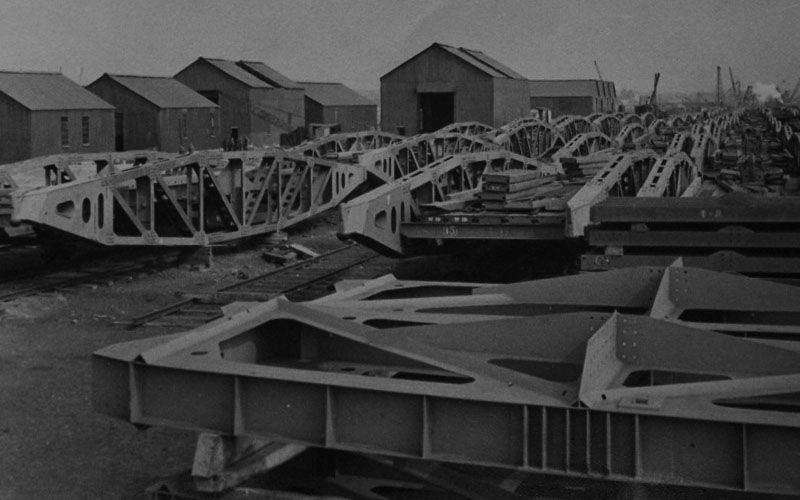
Instead of a morale-boosting demonstration of resolve, and a commitment to opening a second front on the west, the ill-fated raid instead made it clear that the Allies were a long way off from being able to invade France. There were some intelligence successes, however, and most importantly lessons were learned. These lessons would be critical in the North African landings of Operation Torch, and later in Normandy.
Dieppe highlighted the need in future landings for preliminary artillery support, and aerial bombardment; the need for a sustained element of surprise; the need for proper intelligence concerning enemy fortifications; the avoidance of a direct frontal attack on a defended port city; and the need for proper re-embarkation craft. Without capturing a port, the Allies would need to satisfy the logistical requirements demanded by Operation Overlord in some other way.
…a number of flat-bottomed barges or caissons, made not of steel but of concrete…By this means a torpedo- and weather-proof harbour, like an atoll, would be crated in the open sea.
- Winston Churchill, First Sea Lord (1917 memo)
The problem of logistics and supply was not a new one, and during the First World War an idea had been devised by the then First Sea Lord, Winston Churchill, for an artificial harbor when attacking the Friesian Islands of Borkum and Sylt off the Dutch coast. In a 1917 note to Prime Minister Lloyd George he proposed the use flat bottomed barges along with manufactured caissons to form an artificial harbor. The idea was not taken further, but the seeds of Mulberry had been sown.
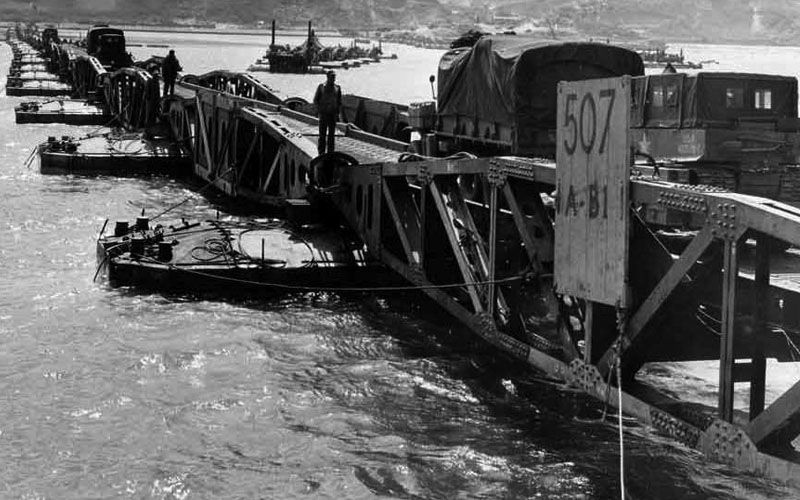
In 1940, the War Office approached Guy Maunsell for advice. Maunsell was a civil engineer and had been designing forts for the Admiralty – structures that would be towed to sea and deliberately sunk, with parts of their superstructure remaining above the high-water line. His idea for towing precast hollow concrete units across the Channel and linking them together to form harbors or jetties, entitled “Emergency Port Works”, was subsequently shelved.
In 1941 a Welsh civil engineer, Hugh Iorys Hughes, also envisaged a design for concrete caissons and roadway units to perform a similar function. In what seemed to be becoming institutional indifference to such proposals, the War Office elected not to take this idea any further either. At least, that is, until Hughes’ brother, a Commander in the Royal Naval Volunteer Reserve, drew the attention of senior officers to the idea.
In May 1942, three months before the failed raid at Dieppe, Winston Churchill had sent a terse memorandum to the Chief of Combined Operations, Lord Louis Mountbatten. It was entitled “Piers for use on beaches”. The note was passed by Mountbatten to Brigadier Bruce White who was Deputy Director, Department of Transportation Tn5. Tn5 was initially tasked with developing means to rapidly repair damaged ports, but by 1942 this remit had been extended to include developing piers that would allow ships to be unloaded on flat beaches. Tn5 had also constructed two military ports, one at Faslane and another at Cairn Ryan, to receive stores from America.
They must float up and down with the tide. The anchor problem must be mastered. Let me have the best solution worked out. Don’t argue the matter. The difficulties will argue for themselves.
- Winston Churchill, British Prime Minister (1942 memo)
Brigadier White met with Churchill to explain the various solutions that Tn5 were working on. During the meeting, White described to the Prime Minister a rock dredger he had seen some decades before in the West Indies. With its three legs firmly planted on the sea floor, the dredger was able to lift itself clear of the water and in doing so was the only vessel in the harbour to survive a particularly bad storm. Pearson Lobnitz, designer of the dredger, would later be enlisted by White and would assist in the design and construction of four-legged pier-heads that would incorporate a similar principal to the dredger. Churchill was satisfied that the project was being given the proper attention and became a highly-placed ally of the Tn5 department.
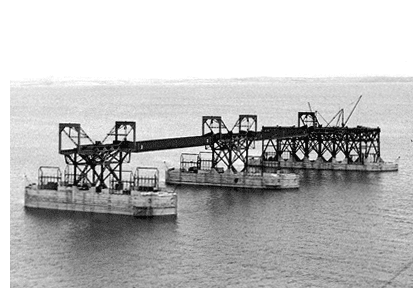
In 1943 a trial of three competing designs for the cargo-handling piers was instigated. Hugh Iorys Hughes developed bridge spans known as “Crocodiles” and piers known as “Hippos”; Ronald Hamilton, who worked at the Department of Miscellaneous Weapons Development devised a floating roadway made of waterproofed canvas stiffened with slats and tensioned by cables, known as “Swiss Roll”; and Lieutenant Colonel William T. Everall and Major Allan Beckett of Tn5 designed a floating bridge linked to a Lobnitz pier-head, that could be raised and lowered with the tide.
Prototypes of each of the designs were built and tested on the Solway Firth in southern Scotland. Under testing, Hamilton’s “Swiss Roll” was only able to support the maximum of a 7-ton truck in the Atlantic swell. During a storm, Hughes’ “Hippos” were undermined which caused the “Crocodile” bridge spans to fail. The “Swiss Roll” was also washed away. The design by the team at Tn5 proved the most successful and survived undamaged. This would be the design chosen for use in Normandy.
Some dissent and disagreement still existed amongst Allies commanders over the notion of artificial harbors. Whilst crossing the Atlantic aboard the Queen Mary en route to the Quebec Conference in 1943, Mountbatten, in an effort to address the critics, called his team into one of the ship’s bathrooms. A bath had been partially filled and in it had been deposited a number of small “ships” made from newspaper.
The most junior officer in the room, Lt Commander Grant of the Royal Navy, was directed by Mountbatten to make waves in the tub using the back of a bath brush. The paper vessels all promptly began to sink. Placing the paper ships inside the protective ring of a life vest, the demonstration was repeated with Mountbatten’s command “More waves please Lieutenant Grant.” This time, the pretend ships all remained afloat.
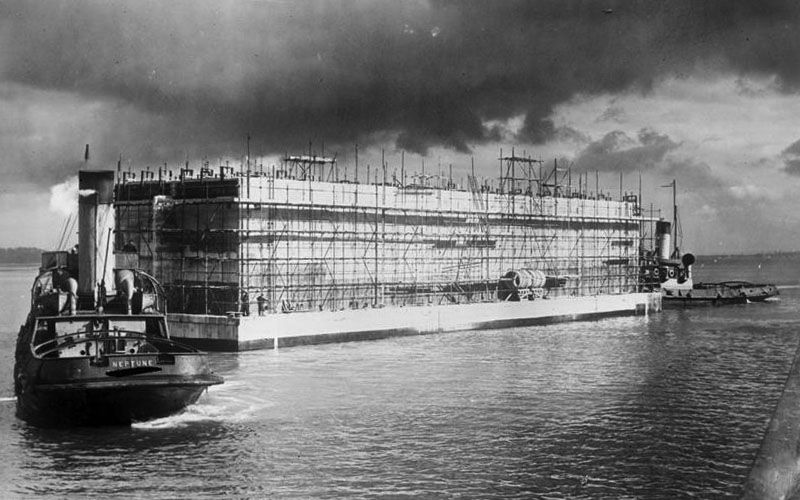
At the conference it was agreed that two separate artificial harbors would be needed – one in the American sector and another in the British/Canadian sector. Following the conference, an “Artificial Harbors Sub-Committee” was established. They concluded that a mix of block ships and purpose built concrete caissons would be required to form a breakwater for the harbors – each of which would be roughly the size of the port of Dover – or two square miles. An estimate was made by the Combined Chiefs of Staff that the artificial ports, to be known as Mulberries, would need to handle 2,500 vehicles per day and 12,000 tons of cargo – regardless of weather. Each harbor had to have a minimum lifespan of 90 days, the time in which the Allies expected it would take to capture a port.
On 4th September 1943 the go-ahead was given to start work immediately on the harbors. They would principally consist of three elements; (1) a breakwater to attenuate waves and create a sheltered area for unloading and anchoring; (2) Pier-heads at which loading and unloading could take place; (3) Floating causeways that would link the pier-heads to dry land. Everything would need to be ready by 1st May, 1944 – the original date planned for the landings.
It was not until December that infighting between the War Office and the Admiralty over their respective responsibilities was finally resolved. The Admiralty would take care of the block-ships, “Bombardons” (cross-shaped floating breakwaters), and the assembly of all constituent parts, along with the necessary work to survey, site, tow and mark navigation. The War Office was given the task of constructing the concrete “Phoenix” caissons, the “Whale” roadways and protection via anti-aircraft installations. Once in place, the army would be responsible for sinking the caissons and assembling all the various other units of the British harbor. The same work for the American harbor would be under control of the US Navy Civil Engineer Corps and the Naval Construction Battalion or “Seebees”.
British companies the length and breadth of the country were tasked with constructing the various elements needed for the harbors. The “Phoenix” caissons were the biggest single elements. Comprising several different designs, with the largest of the caisson types being 200ft long, 60ft wide and weigh just over 6,000 tons. In total, more than 200 caissons would be built requiring a million tons of reinforced concrete and 70,000 tons of steel. Many companies that we are familiar with today were involved in their construction, including Balfour Beatty, Bovis, McAlpine, Mowlem and Taylor Woodrow.
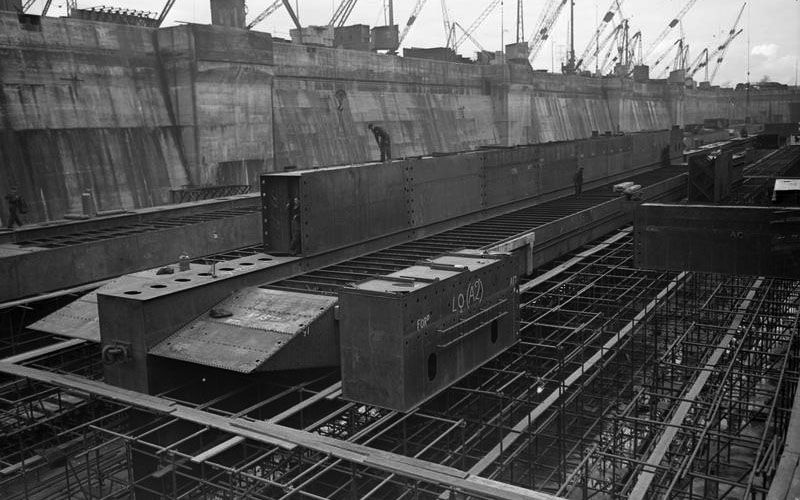
Random codenames were issued to the various elements that would make up the harbors. As well as using the large concrete “Phoenix” caissons and the steel “Bombardons” to provide a breakwater, each of the five invasion beaches would be given some shelter from block-ships known as “Corn Cobs” – sunk in planned positions to form a lengthy barrier called a “Gooseberry”. To provide some degree of sheltered water all of the beaches had a “Gooseberry”, not just Omaha and Gold beaches where the Mulberries would be built.
Roadways which extended outward from the beach were known as “Whales”. These flexible piers comprised steel bridge sections supported every 80ft by pontoons called “Beetles”. At the end of the “Whale” piers were “Spud” pontoons. The “Spuds”, inspired by the design of the Lobnitz dredger, were supported by four hydraulic legs and could raise and lower with the tide. The piers were designed to include a degree of torsional flexibility, vital for absorbing the motion of the sea.
In the afternoon on 6th June 1944, over 400 component parts weighing approximately 1.5 million tons set sail under tow to cross the Channel. The block-ships had been prepared with explosives ready for scuttling. Long tows of Whale roadways, were pulled at 4.5 knots along with bombardons, pier-heads and 146 concrete caissons – some with anti-aircraft guns atop. Allied commanders expected losses of 20-25% during the journey, but only half of one floating roadway sank.
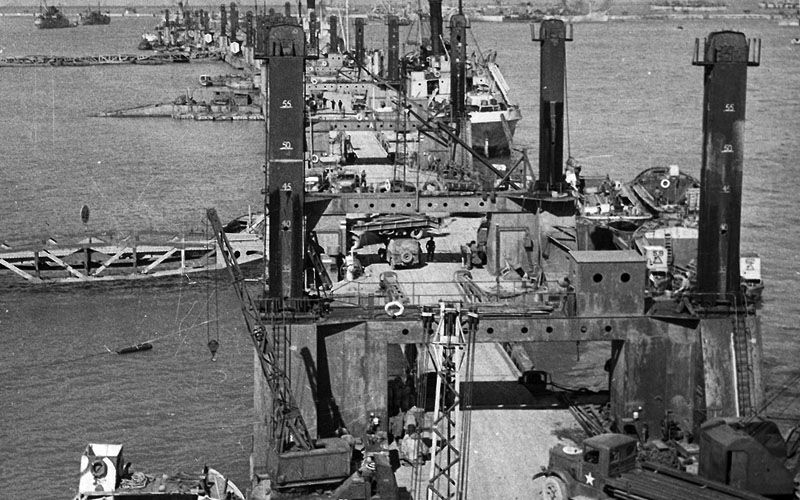
The first Phoenix caisson was sunk off Arromanches at dawn on 9th June, and by the 15th a further 115 had been sunk to create a five-mile-long arc between Asnelles in the east and Tracy-sur-Mer in the west. At Omaha Beach, the bombardons arrived on D-Day itself, followed a day later by the first of the block-ships. Again, the first Phoenix was sunk on 9th June and the Gooseberry was finished two days later. On June 16th and 17th the seas were becoming too heavy for towing operations, so on the 18th an increased effort was made to get back on schedule. Four Phoenix caissons and 23 Whale tows set out from England, but after the weather worsened one of the caissons ran aground and eleven of the Whales were lost during the crossing.
I think it’s the biggest waste of manpower and equipment that I have ever seen. I can unload a thousand LSTs at a time over the open beaches…What’s the use of building them just to have them destroyed and litter up the beaches.
- Admiral John Leslie Hall, U.S. Navy
By 18th June two piers and four pier heads were working at the American “Mulberry A” and at “Mulberry B” the east pier and four Spud pier-heads were complete, with work on the center and LST piers progressing. The following day, the worst storm in at least four decades, some say 100 years, hit the coast of Normandy. It was to last nearly four days and effectively destroyed the American harbor at Omaha Beach. The British harbor at Gold Beach was also badly damaged. A number of men were killed at both harbors during the course of storm.
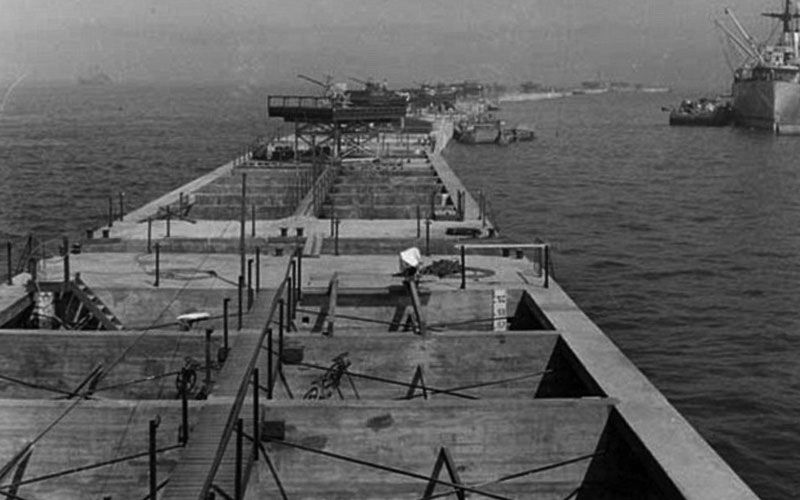
The breakwaters were swamped and bombardons broke loose – smashing into the concrete caissons which also shifted or were damaged. Block-ships was smashed, whilst piers were twisted and broken. Hundreds of craft were cast adrift, destroyed or washed onto the beaches – some left stranded above the high-water mark. British and U.S. Army tug crews struggled valiantly day and night to keep the harbors intact and get runaway craft back under control. The storm raged but despite the high winds and heavy seas some degree of unloading still continued at Arromanches. The men – some going almost two days without sleep – managed to offload some much-needed stores and ammunition, and even at the peak of the weather they were able to land about 800 tons over the piers.
Numerous factors were to blame for the greater damage inflicted upon Mulberry A. The sand was deeper so block-ships were more easily undermined and moved by the strong seas; Mulberry A had no natural shelter like the Calvados Shoal further along the coast at Gold Beach; it also took the full force of the storm. Some of the damage caused by bombardons breaking loose and becoming floating “missiles”. Indifference to the Mulberry project by senior commanders, a lack of training in assembling the components along with insufficient anchoring of the Whale spans also played their part.
A few days after the storm, Churchill noted in a letter that Brigadier Bruce White had been dispatched by the War Office to view to “find out what has happened to the “WHALES”, “PHOENIXES”, etc., and any damaged which may have been done to them by “BOMBARDONS” “. White had been instructed to report personally to the Prime Minister on 26th June.
In a top secret note to Winston Churchill on 29th June, General Eisenhower outlined his decision that no attempt would be made to rebuild Mulberry A, but that the surviving “Corncob” breakwaters would be strengthened to provide a two-fathom (12ft) shelter for small craft. Mulberry B would be strengthened with the object of providing a harbor until at least 1st October 1944. “Bombardons”, it stated, would no longer be used in connection with the Mulberries.
In the days and weeks that followed, Mulberry B would be substantially reinforced with elements salvaged from Mulberry A, along with some new components under construction in the UK. Some caissons were pumped full of sand to give them greater stability and prevent them filling with water and collapsing under the weight. Some others had steel plates fixed to the top.
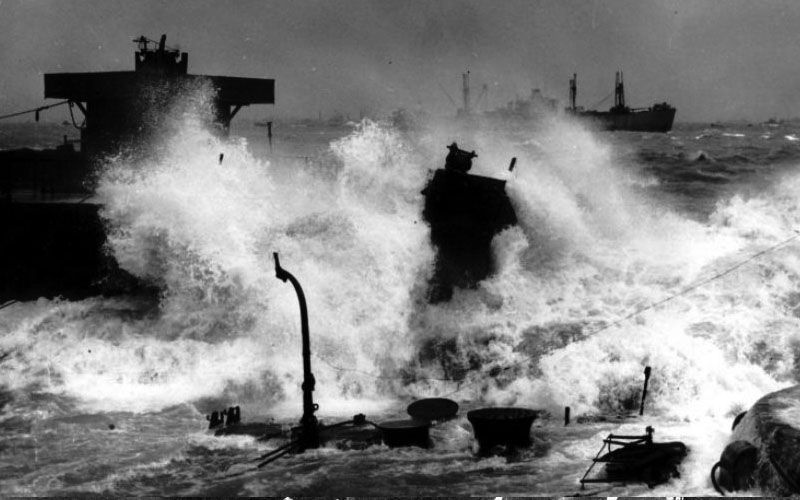
Fortunately for the Allies, the composition of the beach at Omaha had been underestimated. The sands were found to be much better suited for discharging LSTs directly on the beach than had previously been anticipated. Beaching channels were cut into the sands which greatly reduced the unloading time of the LSTs.
Despite the lack of its floating piers, Mulberry A continued to be used as a sheltered harbor, with amphibious DUKW trucks and “Rhino ferries” being used to lighter stores ashore from vessels at anchor. The daily average at Omaha was generally higher across the beach than that at Mulberry B. Tonnage figures, however, are a rather simplistic measure of comparison – giving no consideration to low-volume stores, for example, or comparison between the importance of one particular cargo or the other. A great deal of bridging equipment and vehicular offloading took place at Mulberry B, for example.
Although originally intended for 90 days of operation, Mulberry B was operational until 19th November. Around 40,000 vehicles and in excess of 220,000 men were landed at the facility, along with over half a million tons of stores.
In December 1944, disassembly of the harbor began – with many of the sections of Whale roadway being repurposed to replace damaged and destroyed bridges elsewhere in France, Belgium and the Netherlands.
Over the years the Mulberry operation has prompted much debate. Despite such an obvious feat of engineering and invention, in many circles it now seems to be considered that the time and resources could have been better used elsewhere. American commentators in particular often cite the unloading figures over the beaches, but fail to grasp that Mulberry was a combination of systems – and that without the Gooseberries and Phoenix breakwaters the relatively sheltered waters would not have existed, and therefore not allowed for such efficient unloading using DUKWs, LSTs and Rhino ferries.
In 1946, ten caissons were refloated and towed from France to Portland in Dorset to form an inner harbor provide shelter for the construction of a new pier at the dockyard. However, following the great North Sea flood of January/February 1953 eight of caissons were sold to the Dutch government to secure gaps in dyke. Four of the caissons were used at Ouwerkerk, and have now been converted into a museum, the Watersnoodmuseum, telling the story of the floods. The two caissons at Portland were secured in their current position in 1962 and a clearly visible.
At Langstone Harbor near Portsmouth, one caisson foundered before being towed across the channel in 1944. Known as “Strong Island” it is clearly visible in the Harbor, its back broken. It is commonly used by local fisherman for drying their nets. At Littlestone-on-Sea in Kent one caisson could not be refloated to use after D-Day and still remains – marker beacons attached to the upper corners to alert local shipping. Similarly, at Thorpe Bay near Southend-on-Sea another caissons, whilst under tow in 1944, began to leak and was intentionally beached on a sandbank in the Thames Estuary.
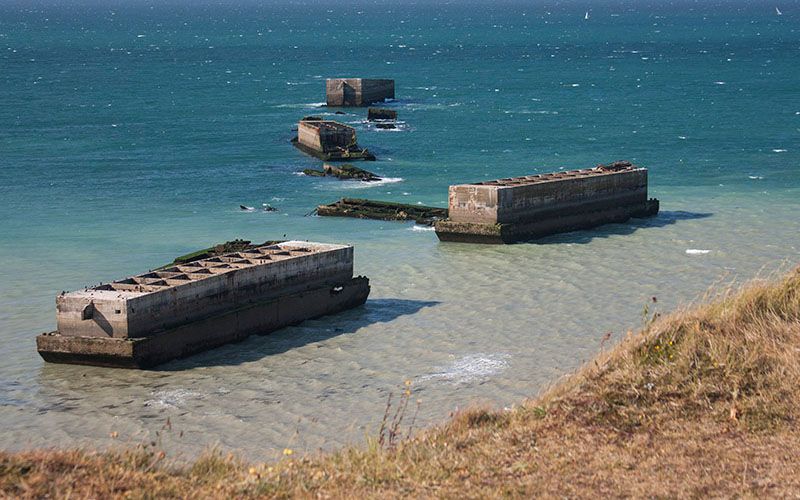
Some of the Whale sections re-purposed for bridges following the Battle of Normandy are still in existence. In Normandy itself, there is a single span over the Noireau River, whilst in the Grand Est region of France at Vacherauville two sections together still cross the Meuse River. Not far away on the D56 just outside Cattenom there is a span of five sections above the Moselle River. In 1954, several Whales sections were used to build two bridges in Cameroon along the Edea to Kribi road.
In 2017, a section of Whale roadway along with the only known surviving example of a buffer pontoon were given protected “listed” status. Both pieces were used at Southampton Docks after the war to service the ferry between the city and the Isle of Wight. Also at Southampton, 39 surplus Beetles never used in France were positioned to support the foreshore at Dibden Bay when it was reclaimed and still remain to this day.
Today, from the beach or cliffs at Arromanches the remains of many of the Phoenix caissons along with a number of Beetles and one of the intermediate pontoons are clearly evident. At low tide, the pontoon and Beetles can be easily inspected, whilst the closer inshore caissons at the eastern end of the harbor are also reachable. At Omaha Beach an intermediate pontoon sits at the western end of the beach and can be walked across to reach a small jetty. At lower states of tide it is still possible to see partial remains of caissons here as well, whilst parts of a block-ship are also visible at Utah Beach.

